why that tattoo pain chart is meaningless.
- In you,
information- those pain charts you keep seeing are not true.
information- those pain charts you keep seeing are not true.
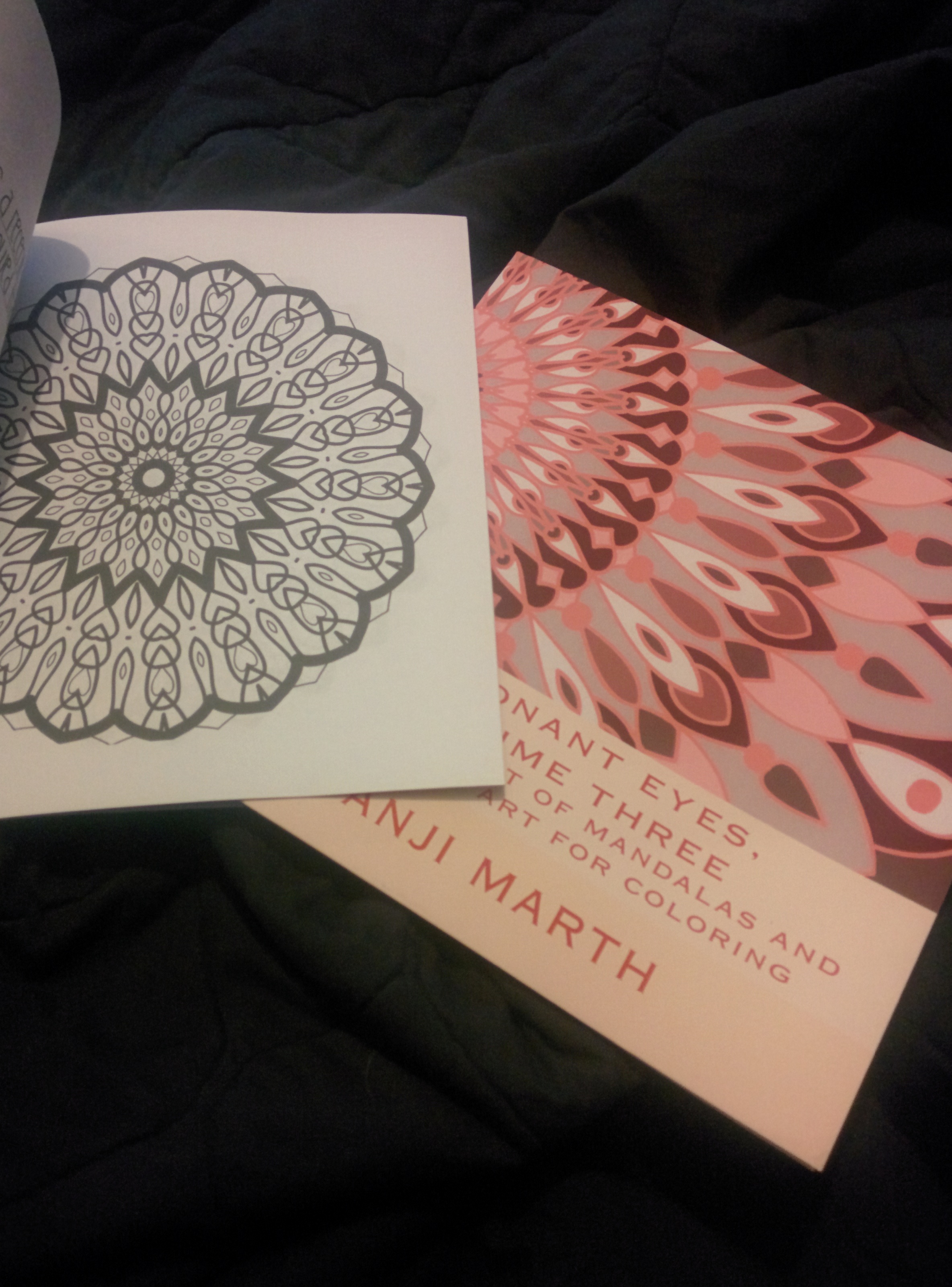 I’ve been working on a four-volume set of mandala coloring books. The first three are already available at this link, the fourth is on the way!
I’ve been working on a four-volume set of mandala coloring books. The first three are already available at this link, the fourth is on the way!
Below are a few print-sized images you can print out yourself and color for free. (Reproduction for other uses is not permitted!)
reposting for info! for you.
a good solid bit of writing from a woman with mental illness, speaking about her experience in the system.
it’s gotten even worse by now.
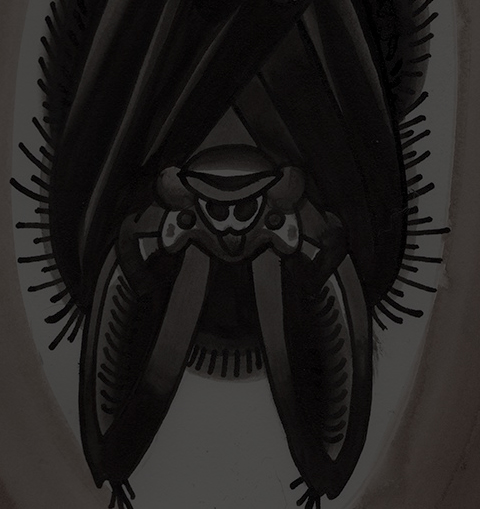 I haven’t been able to find a big list of horror films that addresses whether or not they pass the various analytical tests in this post. I thought I’d rectify that, at least a little.
I haven’t been able to find a big list of horror films that addresses whether or not they pass the various analytical tests in this post. I thought I’d rectify that, at least a little.
I’ve noticed that many horror films pass these tests easily, often with flying colors. Way more horror films pass these tests than do dramas, action films, comedies, and movies aimed at women. I personally think that this is because there are so many indy horror movies- that it’s a genre that mostly exists outside the MajorMotionPicture ™ box, and indy movies tend to have more women working behind the scenes.
I also think that it’s because horror has to try very, very damn hard to suspend disbelief. A movie in which people sit around talking doesn’t have to try very hard to be realistic- you’ll believe that the situation is real without much pushing. You don’t need to see well-developed women; there’s nothing bizarre going on, so you take things at face value. But if you want people to actually jump from their seats when an eldritch horror appears, you’d damn well better make those human characters rock goddamn solid.
That said, here’s the list I’ve been working on. I know there are a few other tests I haven’t included, but that’s because I haven’t gotten that far. If you’d like to see a big list of horror movies I enjoyed and recommend, you can look here: http://resonanteye.net/2014/10/03/the-horror-movie-list/ . Each movie is listed along with content and plot themes (in case you have triggers or are looking for something in particular).

passing the bechdel test
THE BECHDEL TEST: does the story have a) more than one woman, b) who talk to each other, c) about something other than a man.
The Woman: A girl is questioned by her teacher about her signs of depression or trouble. Does not respond to questions about “boys”.
Texas Chainsaw Massacre (remake): two women discuss hotwiring cars, horoscopes, drugs.
Teeth: Girls discuss their vaginas, virginity, god, and school.
Ginger Snaps: girls discuss school, art, periods, and lycanthropy.
Haunter: teenage girl discusses the monotony of “life” with her mother, discusses her situation with a “ghost” woman.
Heavenly Creatures: two girls discuss everything but boys/men for the duration of the film.
Dead End: mother and daughter discuss holidays, daughter confronts ghost woman.
The Seasoning House: deaf girl discusses her personal history with a woman (among other scenes).
American Mary: discussions about the main character’s work.
Rosemary’s Baby: main character and neighbor woman discuss morning sickness, pregnancy woes, the neighborhood, and herbal cures.
Hellraiser: the daughter and the stepmother discuss hell.
The Descent: women discuss almost everything except men throughout the entire film.
continuing to list without specific examples: Invasion of the Body Snatchers (remake), Slumber Party Massacre (written by Rita Mae Brown), Relic, Come Back to Me, Day Watch, Tromeo and Juliet, Cabin Fever, 28 Days Later, Night of the Living Dead, the Langoliers, Troll, Carrie, Trick ‘r Treat, From Beyond, Pieces (!), Cabin in the Woods, The Mist, The Shrine, The Road, Primal, Dogtooth, The Hills Have Eyes (remake), The Ring, Drag Me to Hell, Dark Skies, High Tension, Splinter, Dark Water, and many, many more.
(horror movies I am aware of, which do not pass this test: The Shining, The Stand, Dawn of the Dead, Children of the Corn, Shawn of the Dead, Fright Night, The Lost Boys, The Exorcist, Zombieland, It, Grave Encounters.)
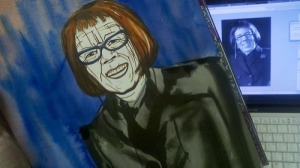
Linda Hunt is a cinematic hero.
PANTOMIME TEST: The female character can be swapped with a male character, with little to no edits, and the narrative still makes sense.
(without edits)
Haunter, Let the Right One In, 30 Days of Night, The Ring, The Possession (2012), The Bay.
(with minor edits)
Relic, Cujo, Let the Right One In, Dead End, Pighunt, Pet Semetary (main character and his female partner could be easily swapped), Dusk Til Dawn, 28 Weeks Later, The Descent, High Tension, I Spit on Your Grave, Firestarter.

this one doesn’t count; his PTSD is the whole point of the film.
ORACLE TEST: The show has a disabled character who a) is not there ‘to be fixed’; b) whose narrative does not revolve around the disability; c) does their job while having a disability, not in spite of having a disability.
The Seasoning House: main character is deaf, narrative revolves around her rebellion and escape, not her deafness.
Relic: the museum director is a little person. This is not mentioned in the film, though it was in the script and was the reason the part was cast to Linda Hunt.
The Pact: a blind woman who is psychic. She also has epilepsy.
The Descent: main character has PTSD.
Silver Bullet: main character is in a wheelchair.
The Brood: the wife is mentally ill.
The Girl Next Door: the younger sister has leg braces (from polio?)
(horror movies I am aware of, which do not pass this test: The Bone Collector, Late Phases, House.)
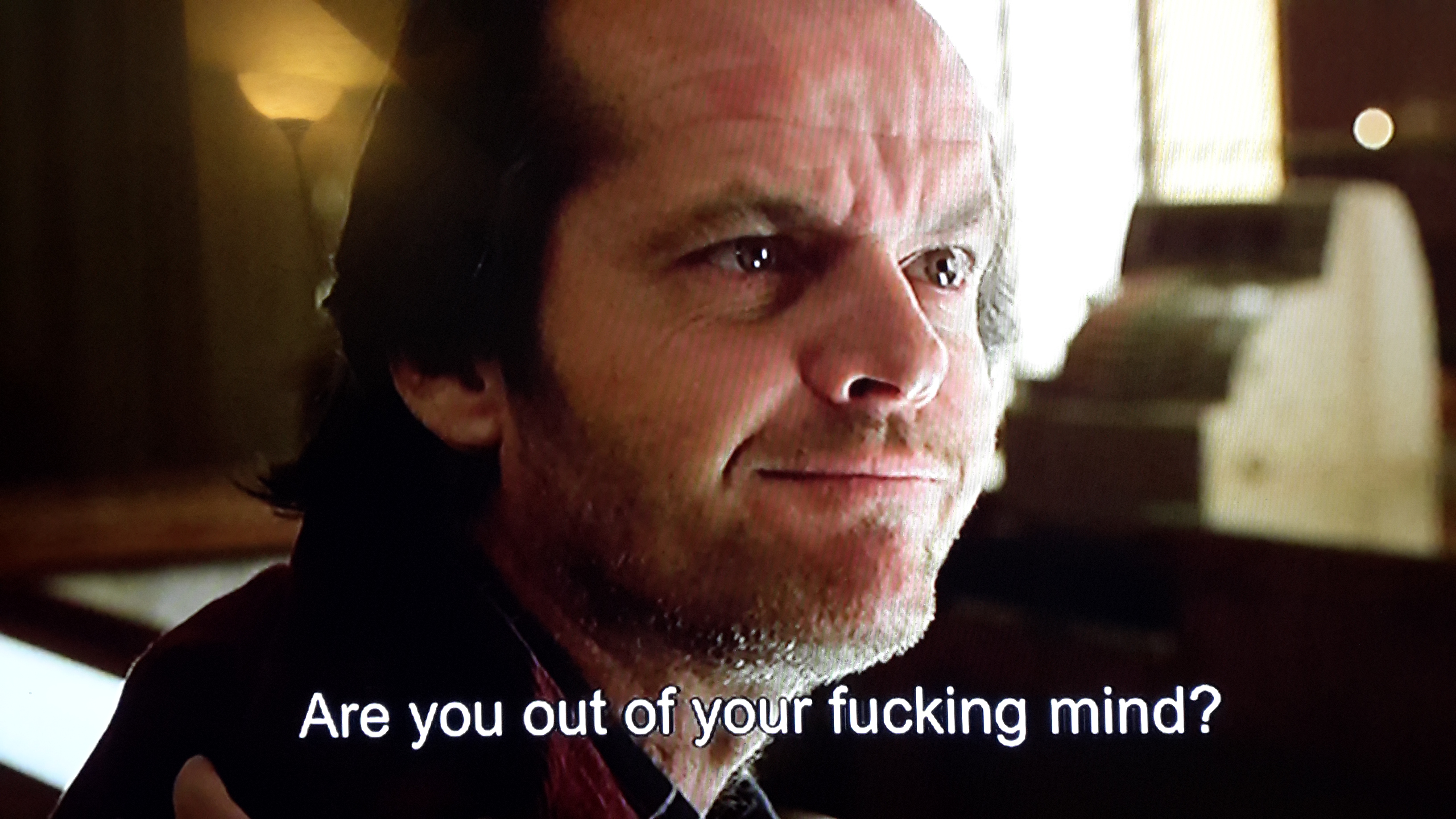
yeah, she could as well have been a lamp.
MAKO MARI TEST: the show has: a) at least one female character; b) who gets her own narrative arc; c) that is not about supporting a man’s story.
Main character passes test:
Ginger Snaps, Let the Right One In, Haunter, Return of the Living Dead III, 30 Days of Night, Cujo, Dead End, Seasoning House, American Mary, Dusk til Dawn, The Pact, The Woman, Texas Chainsaw Massacre (original and remake), Possession (1981), Slither, Audition, Cabin in the Woods (two characters), The Descent, Hostel II, American Psycho 2, Quarantine, Exorcist, The Ring, Drag me to Hell, High Tension, I Spit on Your Grave, The Horde, The Ruins, Dark Water, The Possession (2012), The Bay, May, Whatever Happened to Baby Jane, Arsenic and Old Lace, Carrie, Jugface.
Other characters pass the test:
28 Days Later: sidekick and young girl pass this test.
Pontypool: the producer. the male character’s arc supports her story.
Blood Glacier: the politician.
Hellraiser 2: Julia.
The Mist: the villain.
Insidious: the psychic.
Dead Alive: the mother and Paquita.
Martyrs: the villain.

innuendo doesn’t count.
VITO RUSSO TEST: The show has a character that is identifiably lesbian, gay, bisexual, and/or transgender a) who must not be solely or predominantly defined by their sexual orientation or gender identity b) and must be tied into the plot in such a way that their removal would have a significant effect.
Relic: the museum director
American Mary: several of her clients
Tromeo and Juliet: the nanny/maid
Contracted: main character, supporting characters
High Tension: main character/villain
The Shining: every ghost except for the female one.
The Old Dark House: trans characters and a gay couple.
The Haunting (1963)- gay character whose gayness is unimportant to the plot, although they are a major character.
The Hunger: bisexual main characters.
Sleepaway Camp: the villain is driven to their deeds by bullying because of this. (I’m trying not to spoil the plot)
Red State: the sheriff.
Planet Terror: the nurse.
Otto: main character.
Heavenly Creatures: both main characters.
Antiviral: Hannah.
May, the Feeding, The Killer Reserved Nine Seats, Satanic Panic, Survival of the Dead.
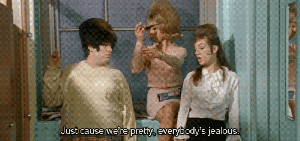
dear screenwriters, you know that your parents will NEVER get back together, right?
SILBERMAN’S RULE: the step-parent does not die and is not evil, the divorced parents do not reunite.
I CANNOT FIND ONE. SOMEONE HELP ME OUT HERE.
Mama. Although this is not step-parents, it’s adoptive parents. So I guess this one example doesn’t even count.
The Uninvited! Holy hell, finally.
Also, Mother’s Boys, and Fear (1996).
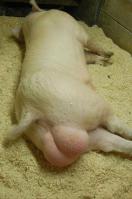
seriously though, pighunt is a great movie.
DEGGAN’S RULE: The show has at least two non-white human characters in the main cast a) in a show that’s not about race.
Pighunt: Asian main character who is a woman, important black male character whose race is only referred to once (by a secondary villain, to show that the secondary villain is racist).
Kiss the Girls: main character and several important supporting characters.
From Dusk til Dawn: multiple latino and black characters, race is not mentioned (set in Mexico and also in the US near the US/Mexican border)
30 Days of Night: black characters both on the villain’s and the protagonist’s side, indigenous characters who are integral to the plot. Race is not mentioned in this film.
Dead Man: two indigenous characters, one is a main character. Race is mentioned but is not pivotal to the plot. (This movie has less than ten speaking roles)
Quarantine: both the cameraman and several other important characters are black, several characters are immigrants, several are hispanic/latino or asian. Race is not mentioned in this movie. (it is a remake of the spanish movie rec, which is less-diverse in its casting)
More movies which pass this test: The Horde, The Mist, Predator, Aliens, Rhymes for Young Ghouls, Tales from the Hood.
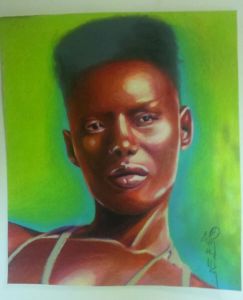
being a warrior is hard work.
PHYRNE FISHER TEST: The show has a female character who a) has a traditionally masculine job; b) does not masculinize herself for the sake of the job; c) and is not sexualized in the narrative.
Mimic: main character is a woman entomologist.
Silence of the Lambs: specifically centers on a woman in a traditionally-male (at that time) career, who refuses to be sexualized at work and does not masculinize herself.
Pontypool: engineer and producer of the radio show are women. One is a military veteran.
Relic: the museum director, and the main character.
Tall Man: main character is a country doctor.
Dog Soldiers: main character who is a vet/biologist.
Blood Glacier: the politician, the geologist.
30 Days of Night: the main character is a firefighter.
World War Z: probably only true because the movie is set in various nations.
Andromeda Strain, Severance, Quarantine, rec, Contagion, Drag me to Hell, The Horde, The Bay, Conan the Destroyer, the Thing (remake only)

Ratchet is good at her job.
DELANEY TEST:The show has a woman, a) who has a job/task important to the plot of the story b) and is successful at it.
Pighunt, Mimic, Silence of the Lambs, Pontypool (two characters), Relic, American Werewolf in London, American Mary, The Host (korean), Trollhunter, Tall Man, The Fourth Kind, Black Death, Dog Soldiers, Blood Glacier, 30 Days of Night, World War Z (the Israeli soldier), From Beyond (two characters), Cabin in the Woods (the director), Severance, Andromeda Strain, The Mist (the villain), Ravenous, Devil’s Pass, Alien, Aliens, Prometheus, Insidious, Society, The Ruins, Slither, May, One Flew Over the Cuckoo’s Nest, Carrie, Jugface, the Thing (remake).

not this broad.
SEXY LAMP TEST: If a female character can be removed from the story and replaced by a sexy lamp—if, that is, the female character does nothing and says nothing that is relevant to the story, with the possible exception of existing as a motivating factor or quest object—then the story fails the test.
Horror movies which definitively fail this test: Evil Dead II, Army of Darkness, the frighteners, the Shrine, the Stuff, Hostel, Fright Night, Jaws, 1408, Predator, The Crazies, Paranormal Activity (all movies).
Movies with only male characters, OR only white characters, OR only white, male characters:
Deathwatch, Dead Birds, Shawshank Redemption, the Thing, Moon.
I’ll be working at Laughing Buddha for two weeks, starting on the 25th.
most of you who follow me know that I’m a survivor of suicide attempts and have depression. I’ve got a semicolon tattoo (actually, I’ve got …;…;…) and I understand that more people are getting these now to either memorialize their own struggles (like I did) or to show solidarity with loved ones who have been through it.
if you donate ten dollars to any suicide-related nondenominational charity, bring your receipt along with you and I’ll do your semicolon tattoo for fifty dollars instead of the shop minimum of sixty. don’t tip me either! if you were planning to tip, add it to your donation.
I’m working most days, and will MAKE time for these tattoos. call the shop at 206 329 8274 for the times I’ll be working.
This is a unique website which will require a more modern browser to work!
Please upgrade today!